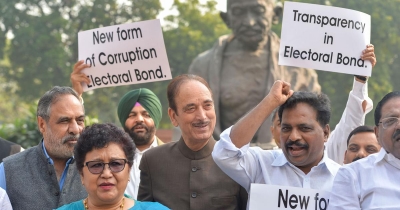
For the first time, the annual budget for the Union Government was presented on February 1, 2017, a month earlier than usual, by Finance Minister Arun Jaitley in the Lok Sabha. Also, the 92-years-old tradition of presenting the Railway budget ahead of the general budget was discontinued and the Railway budget was merged into the general budget. The decision was taken as part of the government’s budgetary reforms. According to a NITI Aayog report, as the size of the Railway budget had shrunken compared to the general budget, a separate Railway budget was not required.
This was the largest allocation in the history of Indian Railways. This was a historic moment for the Indian Railways. In the budget of 2017, Jaitley paid special attention to passenger safety, development works, cleanliness and finance and accounting reforms. At the same time, in an unprecedented initiative, Jaitley also proposed listing of railway subsidiaries like IRCTC, IRCON and IRFC in the market.
Picture Credit : Google










